These days I have two homes; one in Bangkok and one in UK – my mother’s house, which is where I grew up. Yesterday I returned to my Bangkok home from my UK home where over the last couple of months I have been able to enjoy birds and other wildlife on walks from the front door. As much as I enjoy Thailand this is not something I am able to do from where I live so it makes my stay in UK that more pleasant. Most of the birding from my mother’s house is not particularly spectacular, although a number of declining species can be found right on the doorstep and a good variety of birds can be found if you know where to look for them. Basically the area I go birding in when I am back in Britain is what was always my “local patch” when I was younger and the area in which I grew to love birds.
Over the years I have seen 128 species along the Darent Valley, close to my mother’s home, and the following are a selection of photographs from August and October this year (2016).
Immediately in front of my mother’s house in Hawley, Kent, is farmland – a hay field surrounded by fields in which wheat, oilseed rape and, most recently, linseed are rotational crops. There are a few fields in which horses are kept and in other nearby fields cabbage, onions and other vegetables are grown. One of the commonest small passerines in this farmland is Linnet, which is a little more abundant than Goldfinch. However, a couple of declining species are also found here and I am always pleased to get back to UK and hear the song of Skylark in these fields, which is still common here, and I am always keen to find Corn Bunting too – there are around 20 calling males within walking distance of my mother’s house although this year I arrived a little late to hear them calling.
Most of the other species I see in this farmland are very common ones, with Whitethroat being by far the commonest summer visitor.
Over the years I have seen a big increase in the number of raptors locally, like most places in Britain, with Hobby breeding locally as well as increasing numbers of Buzzard and even Red Kite. Sparrowhawk is now a common bird to be seen hunting in gardens but Kestrel is still by far the most abundant raptor in this area.
Although, like many places, there is also now a pair of Peregrines in the area that nest on top of an old Victorian period chimney that was once part of a paper mill. This would have been unthinkable when I started bird watching as a seven-year old.
Yellowhammer is another bird which has declined in many parts of UK but it has never been particularly common where I come from. I can still find this species on a walk but I must walk quite some distance to Horton Kirby or Shoreham, some 3-7 miles along the Darent Valley, to be sure of seeing them. I saw a flock of at least 5 birds feeding in an overgrown field at Horton Kirby in mid October but found 3 singing males near Shoreham in early August.
A short walk from the front door and I am walking alongside the River Darent. To be honest it is more of a small stream but the footpath alongside it takes me through a variety of habitats including watercress beds, playing fields, allotments, fishing ponds, farmland, scrubland and patches of woodland. Lots of common British birds can be seen along here at any time of year and sometimes a few that are not so common any more.
Both Green and Great Spotted Woodpecker are quite common on my walks. In the past I have seen Lesser Spotted Woodpecker too but not for many years and looking at the Kent breeding bird atlas it seems like they are no longer present.
I remember getting very excited as a youngster when I saw my first Long-tailed Tits and somehow I still get quite excited by this bird even though it is common. Flocks of this tiny bird are always easy to locate in my area and there always seen to be a few Blue Tits and Great Tits following the party. Anywhere that has a few Scots Pine trees also seems to host a few Coal Tits too, although they are not common close to my mother’s home.
In a few of the most wooded areas along my regular walks a Nuthatch or two can be found following flocks of tits. For anyone who knows the area, Franks Lane is a good place to look as are the large oak trees at the Lullingstone Country Park visitor centre.
Robins, of course, are very common, particularly in the churchyards of the area. At the beginning of August I found this juvenile foraging on the footpath and it was ridiculously friendly, being almost impossible to scare away and sitting on a fence post just a few feet away from me.
Very occasionally I see a Wheatear in the fields close to my mother’s house during migration. More commonly these can be seen on Dartford Marsh where the Darent Valley begins (or does it end there?) although it is a fairly long walk, but one I have done several times. This year I saw a small group of Grey Seals where the River Darent meets the Thames, the first time I have seen these mammals that far down the Thames.
It is always a please to be back in Hawley and to be able to walk from the front door and see a decent number of birds and other wildlife but for the foreseeable future I will be enjoying the huge range of birds in Thailand starting again in a few days after a short rest at Bangkok home.


 October 26th, 2016
October 26th, 2016  Nick
Nick 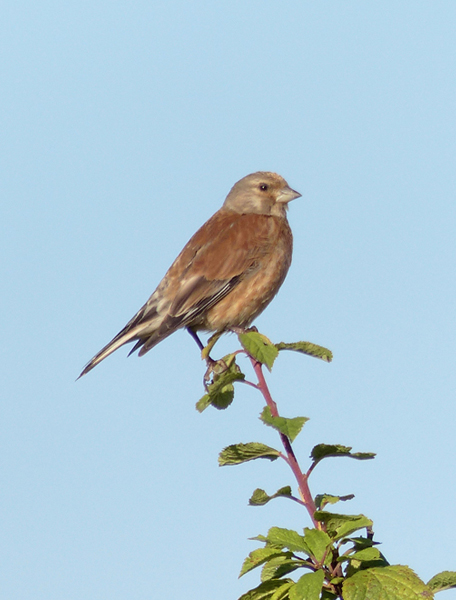

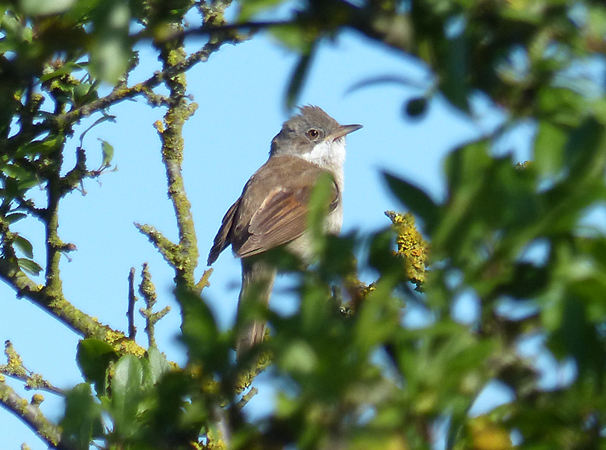
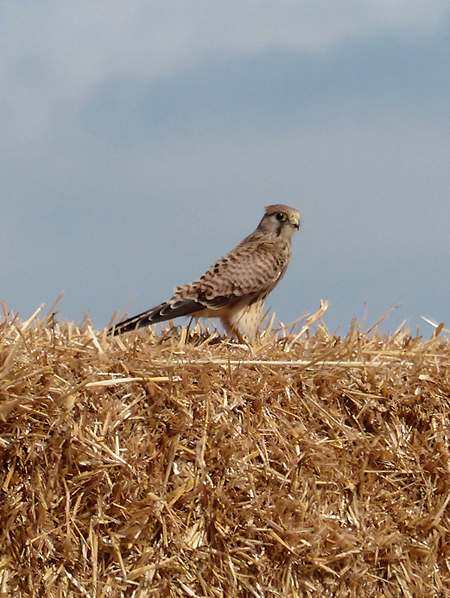
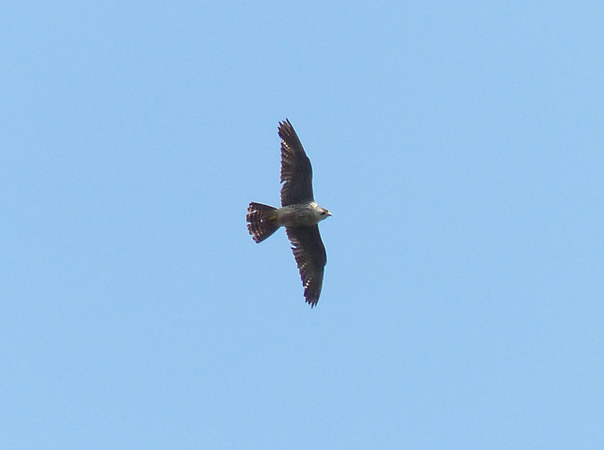
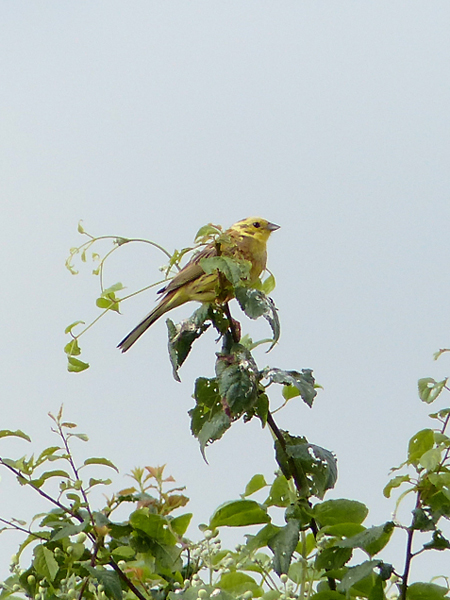
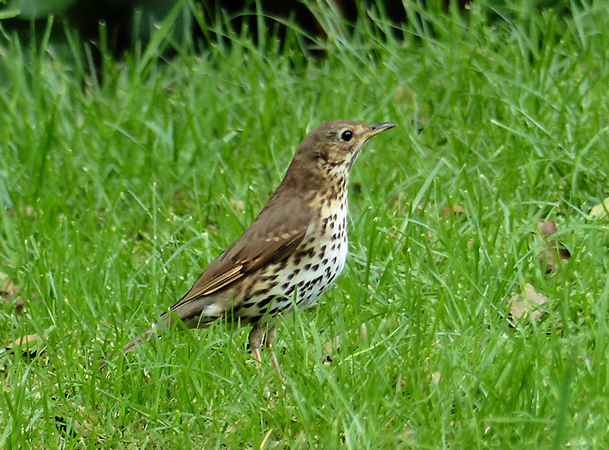
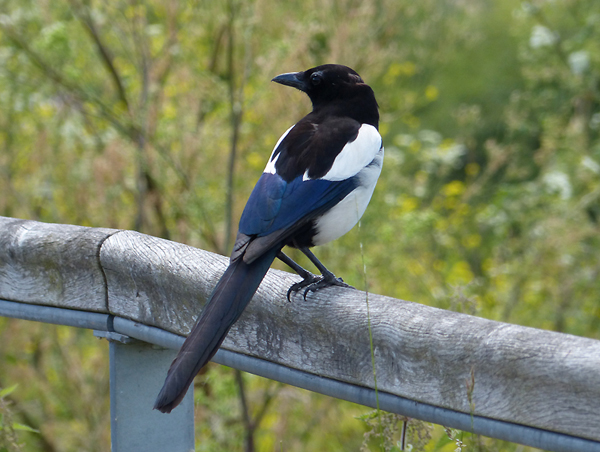
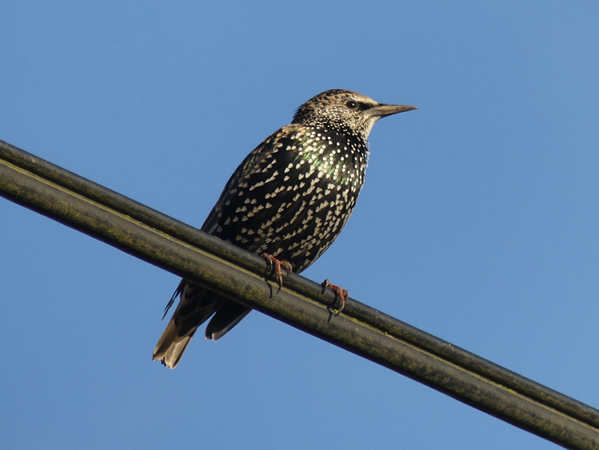
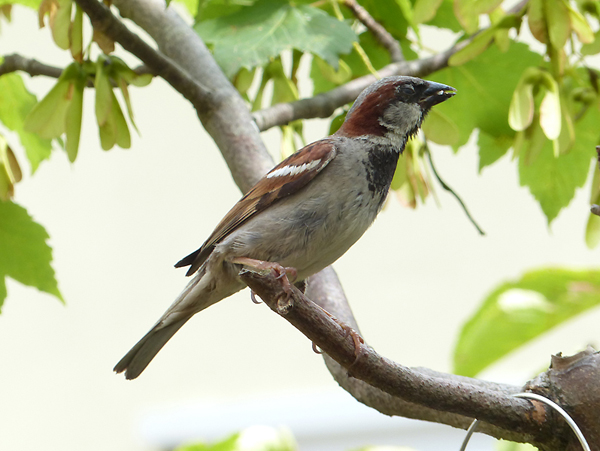
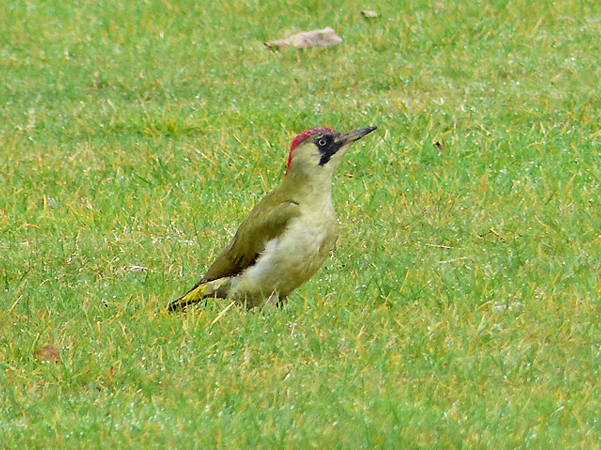
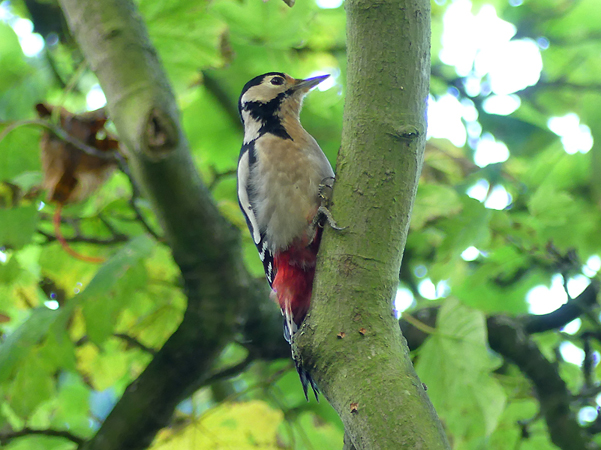

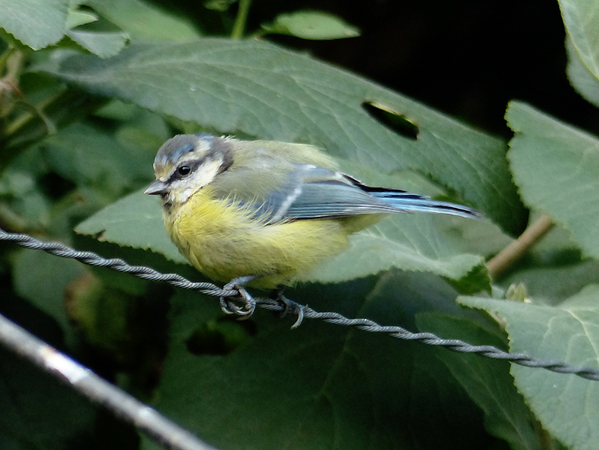
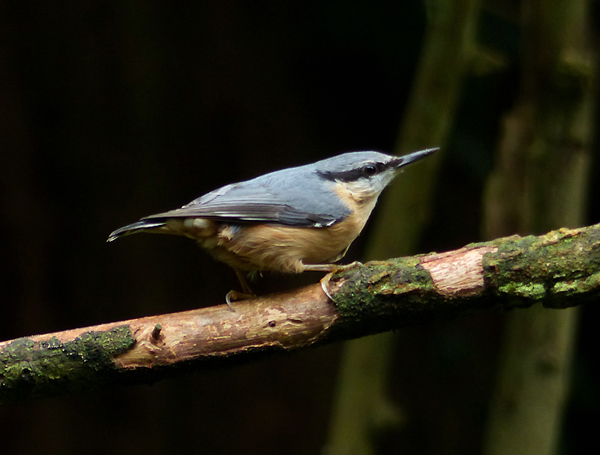
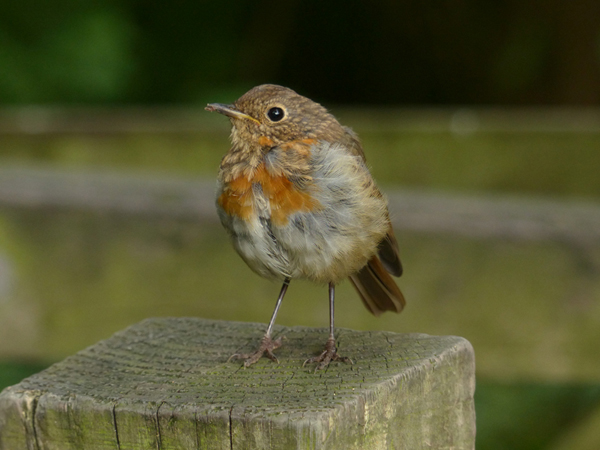
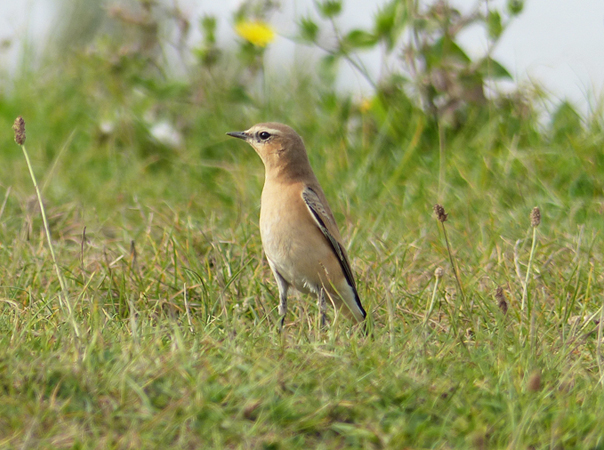
 Posted in
Posted in  Tags:
Tags: 










